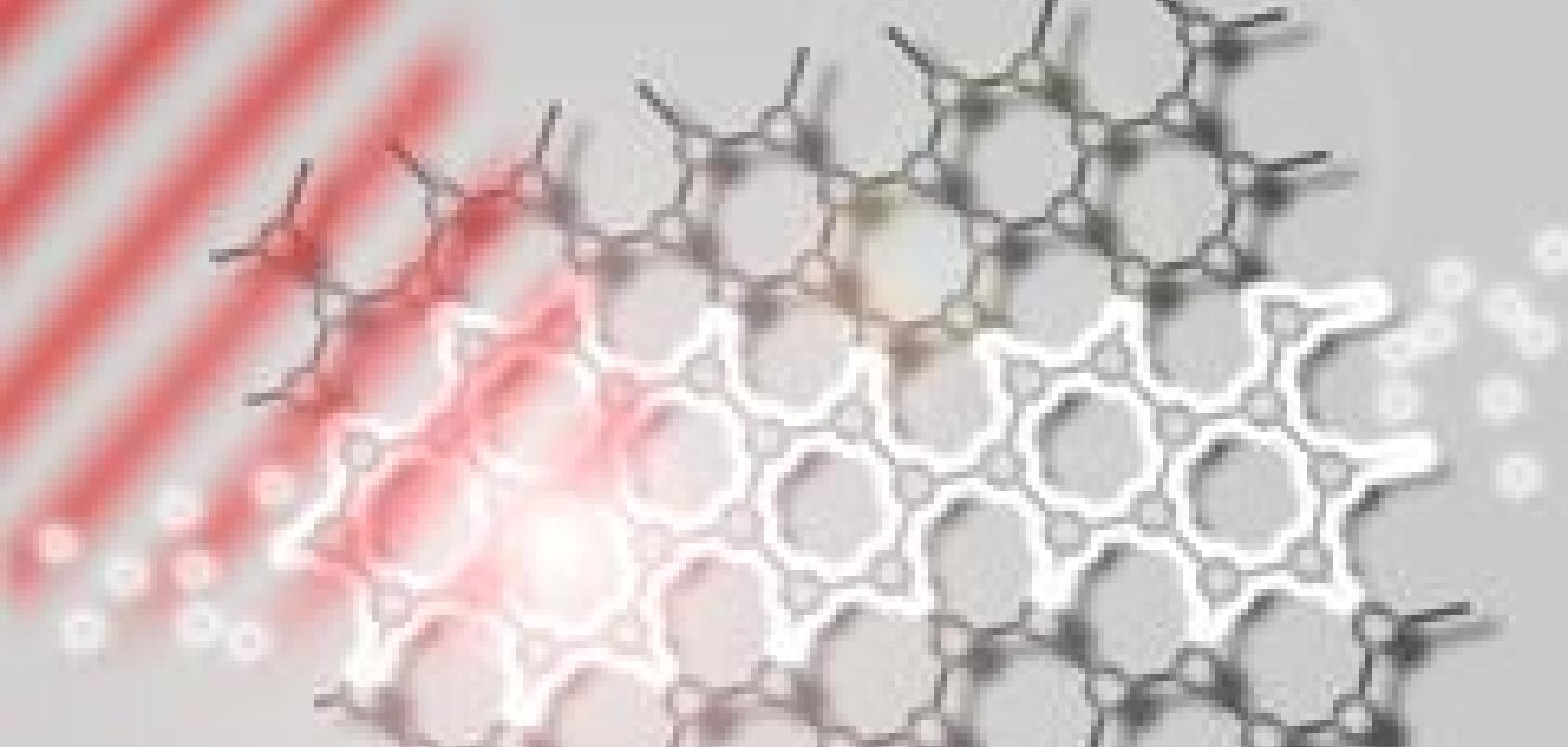A team of researchers from the Institute of Photonics at Vienna University of Technology in Austria has succeeded in producing a special type of diode made from crystalline material, with layers just a few atoms thick. The properties of such ultra-thin crystals open up previously unimagined possibilities for solar cells, photodiodes and light-emitting diodes. The work, which was published in March’s issue of Nature Nanotechnology, constitutes significant progress on the future path to 2D optoelectronics.
Semiconductors used in electronic devices are usually made from crystalline silicon made from three-dimensional (3D) crystals. These crystals not only have a low flexibility and a high weight, but are expensive to manufacture. Furthermore, alternative approaches such as organic semiconductors and thin-film technologies result in materials with inferior quality and durability.
Two-dimensional (2D) crystals - crystalline material layers with a thickness of just one or a few atoms - offer a better chance of success. They can be produced economically on a large scale and are flexible, yet still exhibit all the advantages of crystalline materials. The Austrian team succeeded in producing the first diode with a p-n junction from such 2D crystals - thus laying the foundation for radical changes in optoelectronics.
The starting material used by the team led by Professor Thomas Mueller was tungsten diselenide (WSe2). This material has one major advantage over graphene, the most well-known 2D crystalline material at present, explained Mueller: ‘Tungsten diselenide has a band gap - so electrons require a certain energy to cross over to the conduction band. Graphene can't easily provide this basic requirement for many electronic components.’
To ensure that WSe2 was present in the form of a 2D layer for the team's further work, it was mechanically ‘peeled’ from 3D crystals in such a way to create layers with a thickness of just 0.7 nanometres. ‘We subsequently used complex procedures to check whether we had indeed succeeded in realising 2D crystals, as only such thin layers exhibit the required properties,’ said Mueller. Spectroscopic analyses, optical contrast measurements and atomic force microscopy confirmed that the researchers had achieved the desired result. The monolayer WSe2 was then placed between two electrodes and the electrical characteristics were measured. This confirmed its function as a p-n diode: it was possible to inject both positive and negative charges, with current flow exclusively in one direction.
‘WSe2 in monolayer crystalline form is theoretically an ideal starting material for p-n diodes and optoelectronics - but no one had ever proven it before. We have now done just that. We measured an efficiency of 0.5 per cent in converting light to electrical energy,’ added Mueller, explaining the first worldwide demonstration of the photovoltaic characteristics of a 2D crystalline material.
The high transparency of 95 per cent means the material can be used simultaneously as window glass and as a solar cell. It is also possible to stack several such ultra-thin layers one on top of another to increase the efficiency to as much as 10 per cent.
The material's functionality as a photodiode was also proven, achieving a sensitivity one order of magnitude higher than that of graphene. These properties are further enhanced by the ability to convert electrical energy to light.


